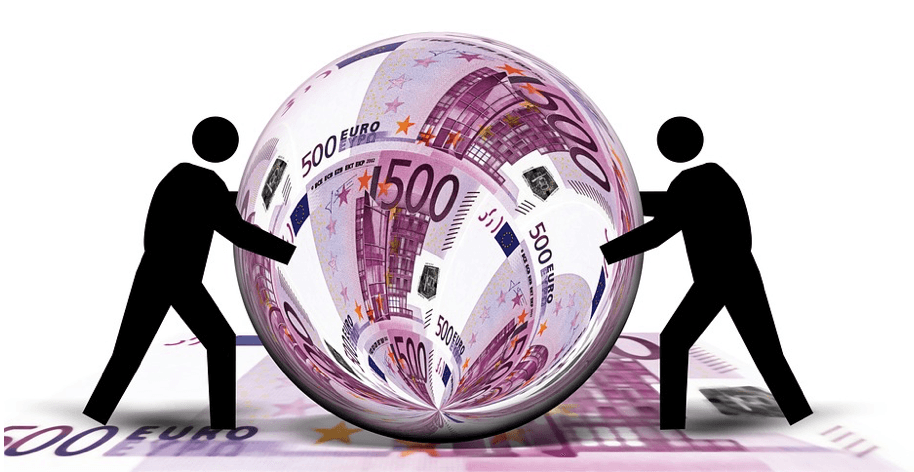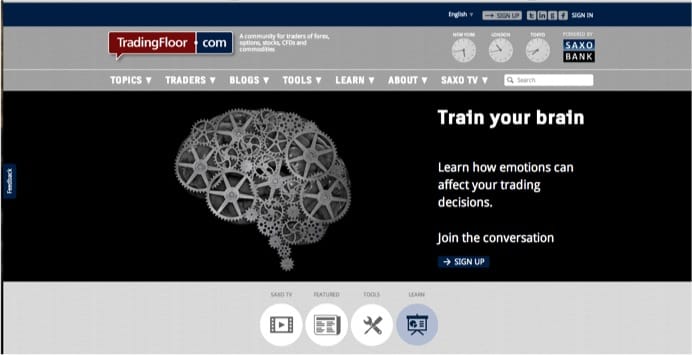
The Foreign Exchange is the biggest market in existence, with multitudes of traders that exchange currencies seven days a week, 24 hours a day. While its initial purpose was to encourage international trade by making the exchange of currencies easier, it has become a place in which profit is possible, with big gains and bigger risks on the line.
The Pursuit of Profit
Profit is made in the Forex market through the differences in price that pairs of currencies develop over periods of time. Especially in the short term, these shifts are rather small. However, strategies that operate on tight time frames are the most popular ones among traders and speculators. This is because they have a low level of risk, whereas holding a position for too long is much riskier.
With a small margin of change in price, there are two ways in which to profit – either the trader deals in high volumes of currency or he engages in multiple trades and multiple pairs.
While the first requires greater financial resources to be used and a greater commitment to a trend, be it downwards or upwards, the second method is highly difficult to manage even for professional traders. This is because of the fact that each currency, not to mention each pair, is different and reacts to different factors.
Trading Strategies
The trading strategy is the overarching plan that guides – or should guide – every action that the trader makes on the market. Moreover, it lays out the “battle plan” for successfully tackling every scenario, offering rules of entry and exit. Forex day trading strategies are the most popular ones, as day trading itself is the preferred type of trading for most actors on the market. This involves opening and closing a position on the same day. To amass profit in such a short time frame, especially when the price is not expected to change dramatically, day traders actually employ methods riskier than those required by long-term trading. They have to open a position without a thorough and lengthy analysis of the moving averages and trends, operating just by the highs and lows of prices.
By comparison, positional traders look at the state of the economy at present and its indicators of future development. They also look at monthly charts and the behavior of policymakers, resistance points and past support for breakouts.
Only after taking all of these into consideration, the positional trader can stick out the harsh times, expecting the prices to rise so he can exit his position at a profit. Conversely, he can choose to cut his losses and exit right away if the scenario looks bleak in the long term.
Market Shakers
Irrespective of time frame, currency pair or projected profits, every trader has to take into account the factors that have the potential of influencing prices. These “market shakers” can establish trends or wholly counter existing ones within minutes, causing immense losses or bestowing unexpected gains onto different traders.
Economic Factors
A strong economy that produces high quality and internationally-demanded goods is connected to a strong currency. The best examples here are the dollar and the euro. At the country level, periodic reports on the state of the economy and projections of future developments have one of the biggest impacts on Forex prices.
In addition to the strength of a country’s economy, its central bank also plays a major role in setting the price of the national currency. Central banks are the largest institutional and financial players on the Forex market. Their main purpose is not to make a profit, as almost every other trader, but to keep their national currencies stable.
They do so by countering trends that would devalue the currency and thus creating resistance points that eventually become psychological resistance points – the moment in which other traders expect the central bank to intervene. Another card that central banks can play is their ability to set interest rates. Low-interest rates attract new investments, which in turn strengthen the economy, thus bringing value to the currency.
News & Political events
Aside from economic factors and the countering balance of central banks, political events hold a great sway over the strength of a currency. Moments of instability and deep uncertainty – such as a hung parliament, in which no one holds the majority – can cost a country and its currency dearly, as exemplified by Britain’s last elections. Other events such as the resignation of a prime minister or a terrorist attack can also lead to changes in the value of a currency.
Rumors
Mere rumours have filled the markets with panic many times. Spreading like wildfire, they can weaken the currency of a country and make it vulnerable to speculators. Even major currencies can be subjected to this. While rumours are damaging, they can also be opportunities for quick profits, when identified and understood.
Mastering Emotion
Panic can grip not just an individual, but the whole market. Currencies may flop for a long period just because of the mistrust that traders have in it. Usually connected with a strong currency, good economic conditions may be of less importance than the panic existing at a certain moment within the market.
As competitive beings, the human brain is emotionally stimulated by winning or losing – especially when it involves money. While losing creates high levels of anxiety regarding every new trade, winning induces the “gambler’s state.”
Paralyzed with fear or drunk on success, the trader can give in to either side of emotion. Professional traders, however, are ready for both scenarios and so their emotional reactions are minimal and controlled.
Conclusion
Aside from self-discipline, ruling out emotion can be done through a number of techniques, and it can lead to the mastery of Forex. The first instrument to employ comes in the form of stop-losses. These are automatic thresholds that automatically exit a position if the price drops. Using them with every trade entails a level of calm and safety that would otherwise be impossible. Similarly, take-profit points can be set when a trader wants to leave his position ahead of the drop in price. With these two limits in place, one controlling fear, and the other greed, trading becomes a calculated endeavor.
Mastering Forex means mastering its concepts, strategies, emotions and time frames. It means understanding the past behavior of other traders in order to predict their future actions. Even with thorough knowledge of the currency pair, past tendencies, and long-established resistance points, trading remains a game of probabilities.
Tradersdna is a leading digital and social media platform for traders and investors. Tradersdna offers premiere resources for trading and investing education, digital resources for personal finance, market analysis and free trading guides. More about TradersDNA Features: What Does It Take to Become an Aggressive Trader? | Everything You Need to Know About White Label Trading Software | Advantages of Automated Forex Trading


































